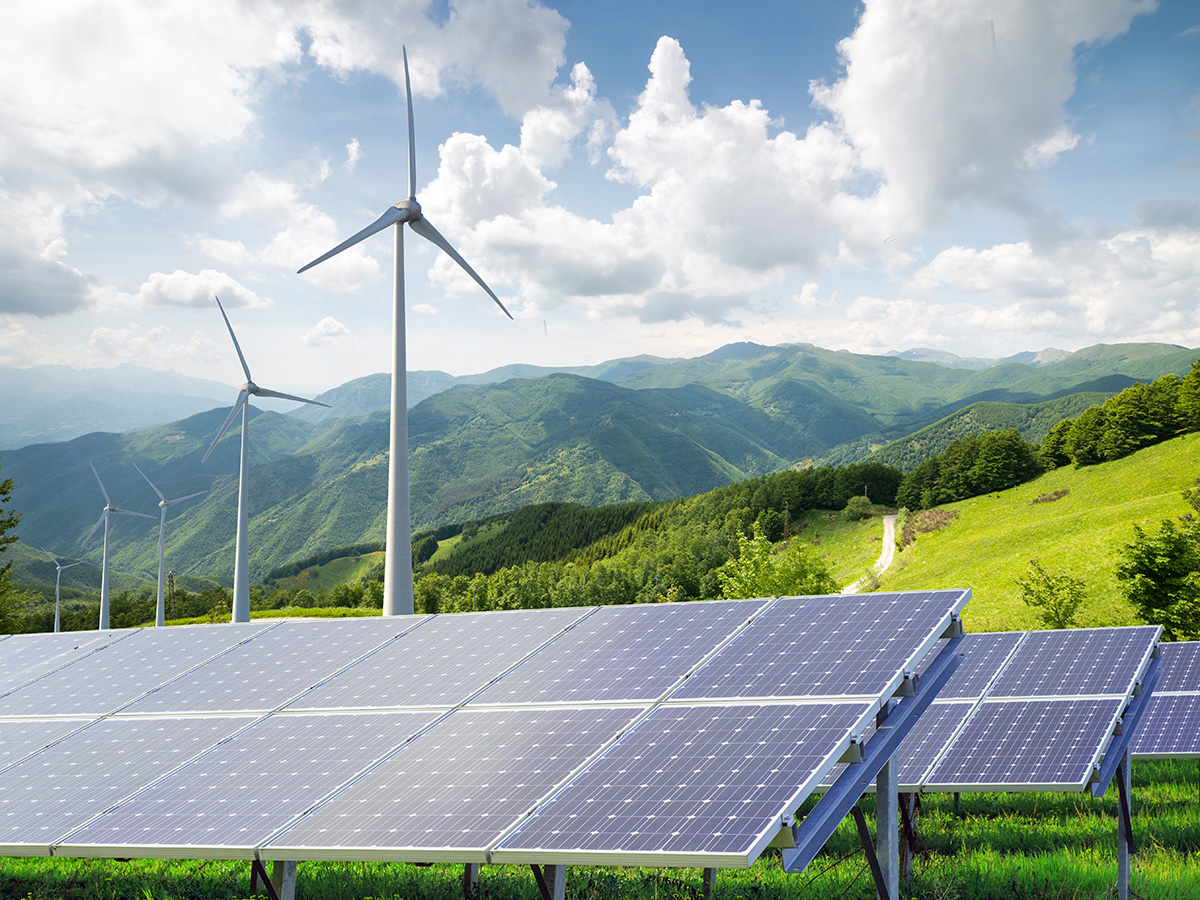
Energy was listed as the #5 issue in the 2022-23 Top Ten Issues Affecting Real Estate® by The Counselors of Real Estate®.
“Some of the practical consequences of what building owners and business owners are facing and need to consider in their business continuity and resiliency planning include rising insurance costs and the increased need for on-site energy resilience.”
The COVID-19 pandemic sparked a surge of awareness in the scientific research and findings behind healthy buildings and workspaces.1 Return to office preparedness and planning by companies and building owners further emphasized the importance of health and wellbeing in the workplace for productivity and employee attraction and retention. As a result, building operators follow the guidelines recommended by ASHRAE and the CDC to reduce infection risk from air-borne viruses and improve cognitive function for building occupants by increasing the percentage of fresh air the ventilation system is circulating throughout the building.
Increasing daytime lighting levels and upgrading acoustics have also been recommended for improving health and wellness. Space design and planning are bringing more daylight into workplaces and increasing the size and number of open areas for collaboration and coworking. Lighting controls are being installed to compensate for window shading required to reduce the glare and the heat gain from bright outside light, increasing the use of artificial lighting. White noise machines are being installed to mitigate the noise levels in the open areas to eliminate distraction and stress. These health and wellness actions can almost double the energy needed for lighting, sound, and other experiential elements being introduced to create healthier workplaces.
In the short term, the tradeoff for these health and wellbeing operational improvements is a significant increase in building energy consumption for common areas and tenant spaces, along with a corollary increase in greenhouse gas (GHG) emissions. HVAC and lighting tend to be the largest contributors to energy consumption in office buildings. With the increase in energy consumption to provide more focused, healthy, and productive workplaces, real estate owners and operators are embracing smart, connected buildings. Sensors in lighting, HVAC equipment and managing temperature controls, and occupancy sensors that determine the demand for space and utilization provide actionable insights to offset energy cost increases by automation and improving the efficiency of managing space and energy consumption. IoT, Artificial Intelligence (AI), and Machine Learning (ML) eliminate the need to trade off health and wellness in buildings for increased energy costs.
The National Oceanic and Atmospheric Administration (NOAA) estimates the sea level will rise one foot by 2050, which is when the Paris Accords will require that energy consumption must have adapted to meet net-zero carbon. The NOAA mapping forecasts the sea will slowly encroach on and engulf the current coastal communities between now and then. This is forcing building owners and operators to invest in measures to protect their assets from things they have not needed to consider previously, such as a rising cost of traditional fossil fuel-based energy sources and increased demand for renewable alternative energy solutions.
Some of the practical consequences of what building owners and business owners are facing and need to consider in their business continuity and resiliency planning include:
- Property & Casualty insurance costs will rise quickly, according to multiple studies;2
- Increased needs for energy resilience on-site (cleaner backup power, co-gen/battery) to ensure critical building functions continue to run and the business owner’s critical operations are not impacted when the grid is down (sump pumps, elevators for evacuations, emergency lighting, HVAC);
- An increased number of people working from home also increases demand for an unplanned increase in the residential demand for constant power and uptime.
Energy conservation, including reform, sustainability, and renewable energy, has been an ongoing topic in real estate for over 50 years. What is different now are organizational commitments for Environmental, Social, and Governance (ESG) that have resulted in a sudden and unprecedented rise in demand for alternative energy, changes in practices and expectations for healthy buildings and operations, and climate change informing location preferences, etc. The result has been sustainability initiatives that address energy consumption, demand management, renewable energy, clean energy, and carbon reduction. The real estate industry must continue to meet these challenges.
Endnotes
[1] Susan Caminiti. “Healthy buildings can help stop Covid-19 spread and boost worker productivity,” CNBC (November 6, 2021), https://www.cnbc.com/2021/11/06/healthy-buildings-can-help-stop-covid-19-boost-worker-productivity.html
[2] “How insurance companies can prepare for risk from climate change” Deloitte, https://www2.deloitte.com/us/en/pages/financial-services/articles/insurance-companies-climate-change-risk.html


 Photo: geniusksy/Shutterstock.com
Photo: geniusksy/Shutterstock.com



